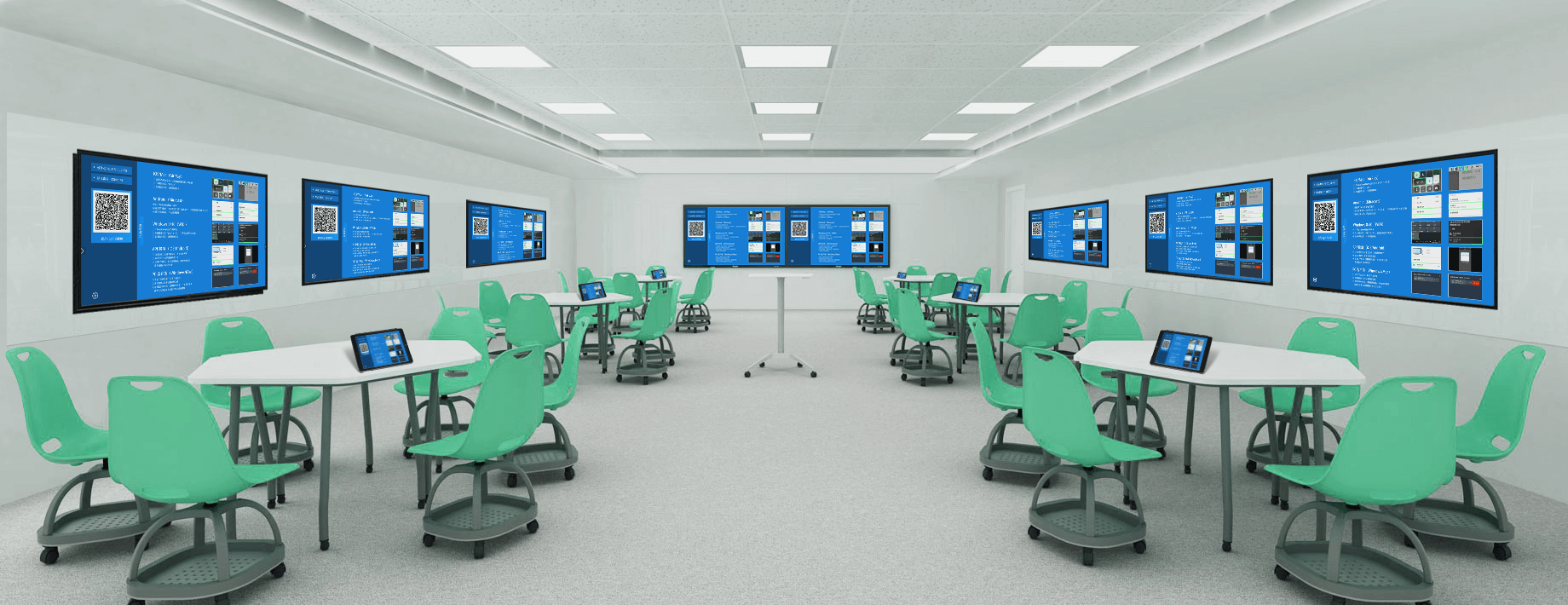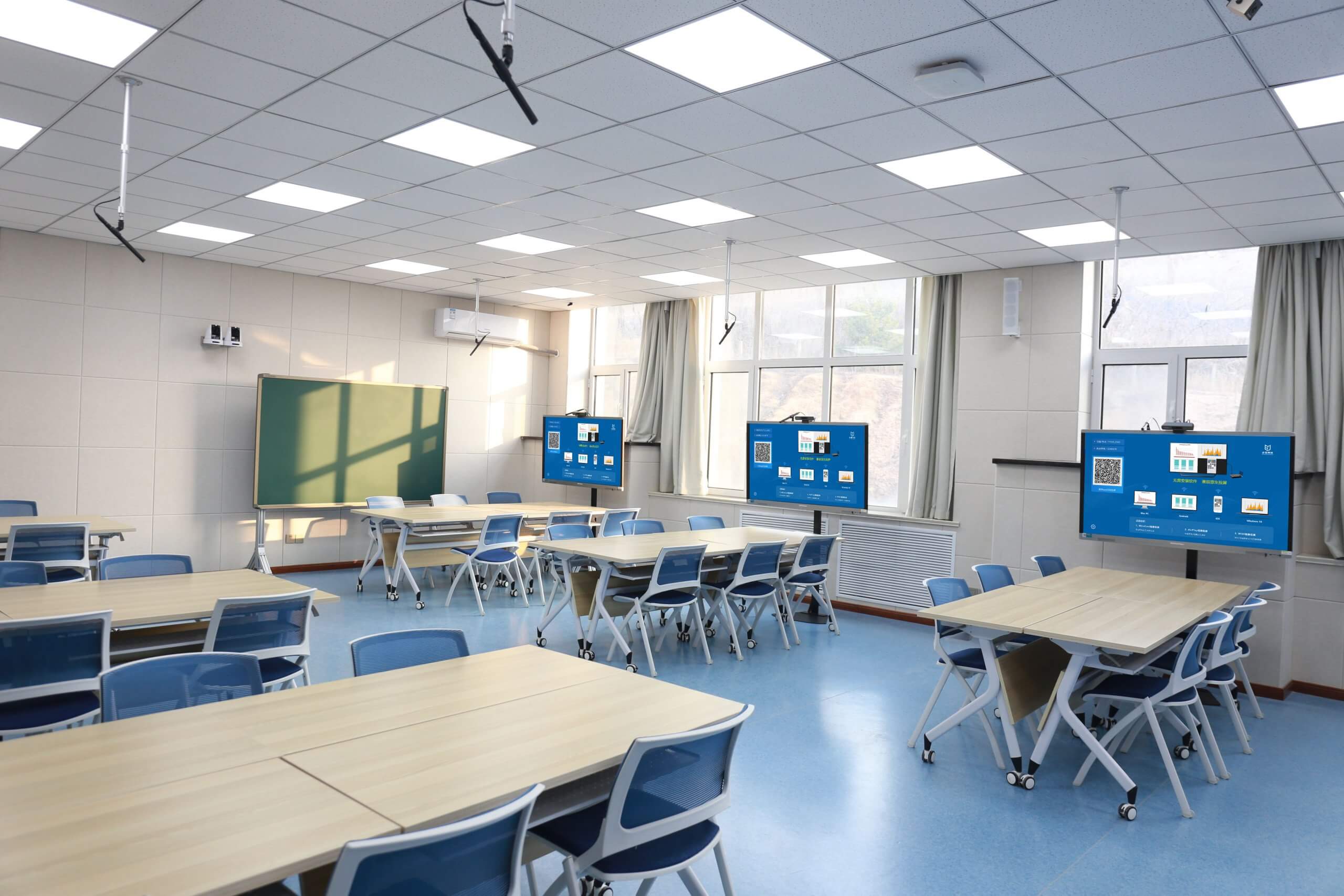Active learning methods ask students to fully participate in their learning by thinking, discussing, investigating, and creating. Research indicates that active learning methods are especially effective for student learning, when compared to classes that primarily consist of lecturing.
Why Use Active Learning?
Reinforces important material, concepts, and skills.
Provides more frequent and immediate feedback to students.
Provides students with an opportunity to think about, talk about, and process course material.
Creates personal connections to the material for students, which increases their motivation to learn.
Allows students to practice important skills, such as collaboration, through pair and group work.
Builds self-esteem through conversations with other students.
Creates a sense of community in the classroom through increased student-student and instructor-student interaction.
Considerations for Using Active Learning Methods
Align your active learning activities with the learning outcomes for the course and make sure that students understand the purpose and meaning of the activity for their learning.
Think about how you will facilitate the process each step of the way.
How will you introduce the activity?
Do you need to provide visual aids with directions?
How much time will you give students?
How will you debrief? Smaller groups may be easier to manage than larger ones.
Consider the logistics of getting a large group of students back on track after an activity. Clap your hands or flash the lights to get students to stop and refocus their attention on you.
Explain the benefits for using active learning techniques and connect the activity to student learning outcomes for the class.


